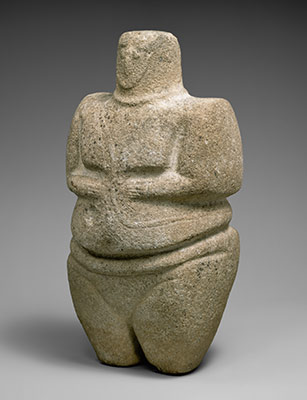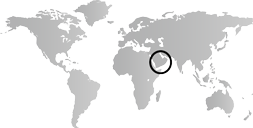A universally accepted chronology for the entire ancient Near East remains to be established. On the basis of the Royal Canon of Ptolemy, a second-century A.D. astronomer, regnal dates can be determined with certainty in Babylonia only as far back as 747 B.C. (the accession of King Nabonassar). Through the use of excavated royal annals and chronicles, together with lists of annually appointed limmu-officials, the chronology of Assyria can be confidently extended back to 911 B.C. (the accession of King Adad-nirari II). The earliest certain link with Egypt is 664 B.C., the date of the Assyrian sack of the Egyptian capital at Thebes. Although it is often possible to locate earlier events quite precisely relative to each other, neither surviving contemporary documents nor scientific dating methods such as carbon 14, dendrochronology, thermoluminescence, and archaeoastronomy are able to provide the required accuracy to fix these events absolutely in time. The West Asian portion of the Timeline therefore employs the common practice of using, without prejudice, the so-called Middle Chronology, where events are dated relative to the reign of King Hammurabi of Babylon, which is defined as being ca. 1792–1750 B.C.
By the eighth millennium B.C., the previously savanna-like grasslands of the region had given way to an arid desert environment. The earliest people enter the western Arabian Peninsula from the Levant. By 5000 B.C., settlements appear in Qatar in the east, where flint tools—similar to those used in the Levant—are found alongside pottery from southern Mesopotamia. Around 3100 B.C., domesticated cereals and dates appear at Abu Dhabi. The Umm an-Nar culture dominates the Oman peninsula during the second half of the third millennium B.C. Close to a round building at the site of Hili 8 is a coppersmith’s working area. Copper may have been smelted on an industrial scale during this period. By the end of the third millennium B.C., the Gulf is the focus of contacts between the civilizations of Mesopotamia and the Indus Valley.


